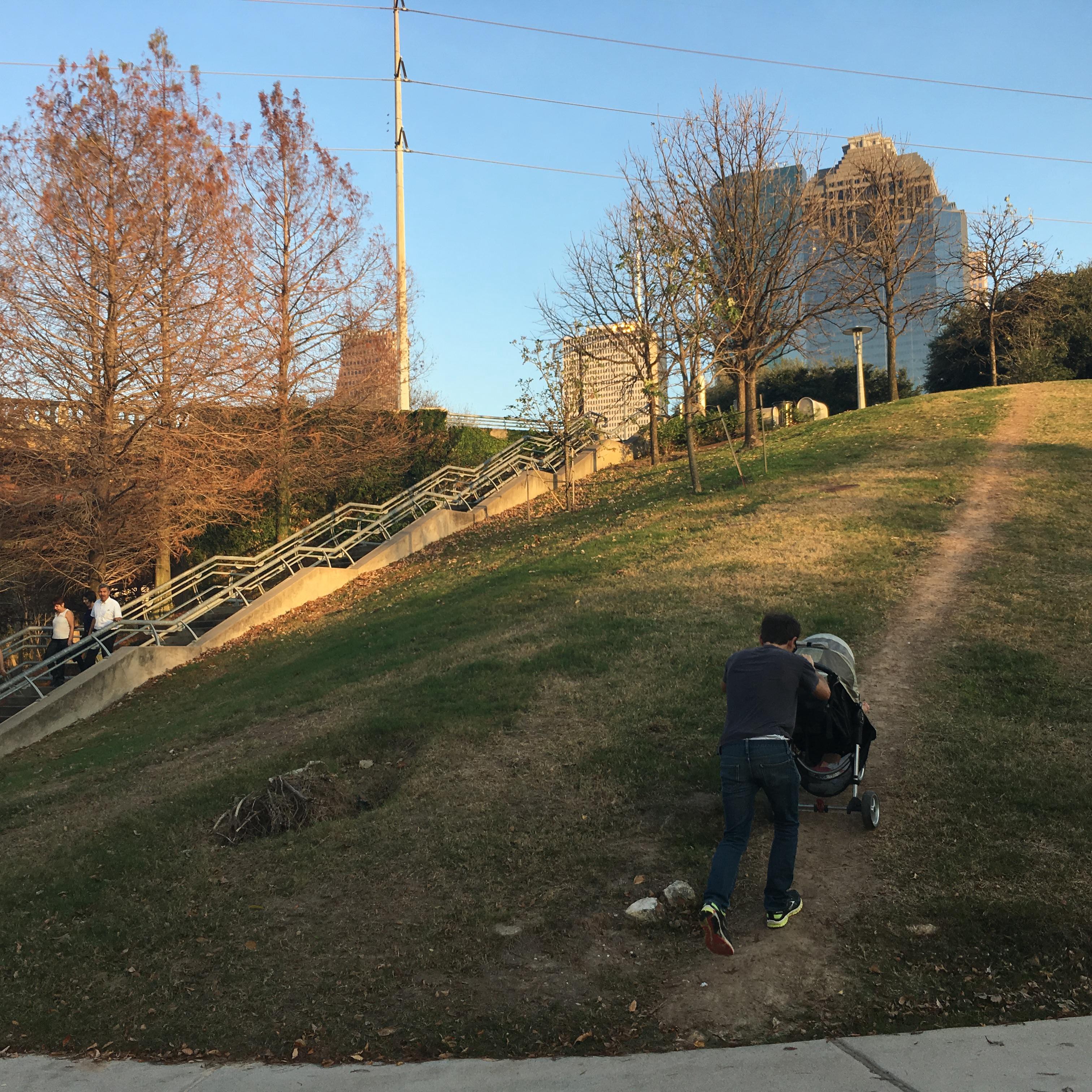Sometimes companies will get customers they weren’t explicitly building for, using their product in ways they never intended. It can be frustrating, too. Early stage companies may wonder where their messaging went awry and later stage companies will often just ignore them completely.
A founder was recently describing their product to us as being designed for operations teams, and yet it seemed to me to be incredibly useful for security teams. Instead of discounting these alternate use cases or alternate customer segments, it’s valuable to think of them like desire paths.
Desire Paths

I’m fascinated by desire paths — there’s even a subreddit dedicated to them. They show visually the difference between the use case that was designed for, and a popular real-world use case that was not designed for.

I sometimes see companies ignoring these desire paths, or worse, explicitly trying to shut them down. We should instead think of these as learning opportunities. Who are these folks creating this alternate use case? Why is our designed solution not ideal for them? How is this new use case different than what we planned for? What would make our product even better for them?
Merchandising
Now that we understand this audience and use case better, is it worth investing a bit to support it?
I grew up working in my family’s grocery store business where I learned a lot. A lifetime of business and leadership lessons, actually. These desire paths get me thinking about merchandising.
In retail environments, merchandising is essentially the art of re-arranging and packaging the products you already have to incite a certain type of customer to buy.
We got an abnormally large order of bacon at our grocery store one time. It was a mistake, but it’s also a product that has limited shelf life, so we needed to figure out a way to move that product quickly. My dad had me bring all the extra cases of bacon into the refrigerated dairy section. We re-arranged that aisle so that it now included a display of eggs, bacon, shredded cheese, onions and bell peppers (no avocado’s in upstate New York in the 80s, sorry!). We sold all the extra bacon in just a few days.
They key insight about merchandising is that you’re working on the packaging and presentation of your product — not inventing new product. Merchandising your product for a new unexpected use case could be the first step in realizing a strong new market at best, and at worst, shows those new customers you’re at least aware of their needs.
Pay attention to desire paths. Learn why they exist and who uses them. Merchandise your product offering to better position yourself for these new use cases. Profit!
